Introduction
Introducing solid foods to your baby is a milestone that marks their growth and development. Salmon, known for its rich omega-3 fatty acids, protein, and essential nutrients, is an excellent choice for babies starting their solid food journey. However, preparing salmon safely and appropriately for babies requires careful consideration. This comprehensive guide will walk you through the steps of selecting, preparing, cooking, and serving salmon to your baby, ensuring it is both nutritious and enjoyable.
Section 1: Understanding the Benefits of Salmon for Babies
Nutritional Value
- Omega-3 Fatty Acids: Salmon is rich in DHA (docosahexaenoic acid) and EPA (eicosapentaenoic acid), which are crucial for brain development and vision in infants.
- High-Quality Protein: Protein is essential for growth and tissue repair. Salmon provides a lean source of protein that is easy to digest.
- Vitamins and Minerals: Salmon contains vitamins D and B12, which support bone health and red blood cell formation, respectively. It also offers minerals like selenium, potassium, and phosphorus, which contribute to overall health.
Developmental Benefits
- Brain Development: The omega-3 fatty acids in salmon support cognitive function and may enhance memory and learning abilities.
- Vision Health: DHA is particularly important for the development of retinal cells, promoting healthy vision.
- Heart Health: The healthy fats in salmon can help maintain healthy cholesterol levels and reduce the risk of heart disease later in life.
Section 2: Selecting the Right Salmon for Your Baby
Types of Salmon

- Atlantic Salmon: Often farm-raised, it has a rich flavor and firm texture.
- Sockeye Salmon: A type of wild salmon known for its deep red color and robust flavor.
- Coho Salmon: A versatile option that is both wild-caught and farm-raised, with a milder taste than sockeye.
- Pink Salmon: Typically wild-caught, it has a delicate flavor and is often canned.
Choosing Fresh or Frozen
- Fresh Salmon: Look for firm, moist flesh with a bright color and a fresh, clean smell. Avoid salmon with a dull appearance, slimy texture, or strong fishy odor.
- Frozen Salmon: Choose vacuum-packed salmon that is frozen at its peak freshness. Ensure there are no ice crystals forming inside the packaging, which can indicate freezer burn.
Sustainability Considerations
- Wild-Caught vs. Farm-Raised: Wild-caught salmon generally has a lower environmental impact and may contain higher levels of omega-3 fatty acids. However, farm-raised salmon can be a sustainable option if sourced from responsible farms.
- Certifications: Look for certifications like Marine Stewardship Council (MSC) for wild-caught salmon and Best Aquaculture Practices (BAP) for farm-raised salmon to ensure sustainability.
Section 3: Preparing Salmon for Baby-Friendly Consumption
Handling and Safety
- Thawing Frozen Salmon: Thaw frozen salmon in the refrigerator overnight or place it in a sealed container under cold running water. Never thaw salmon on the counter or in hot water, which can promote bacterial growth.
- Cleaning and Rinsing: Rinse fresh or thawed salmon under cold running water to remove any surface contaminants. Pat it dry with paper towels to prevent splattering during cooking.
Removing Bones and Skin
- Filleting: If you have a whole salmon, you may need to fillet it. Use a sharp knife to cut along the backbone and rib cage, then remove the skin and any pin bones.
- Checking for Bones: Carefully inspect fillets for any small bones, especially if using wild-caught salmon. Use tweezers to remove them.
- Skin Removal: The skin can be removed by sliding a knife between the flesh and the skin, starting at the tail end and working towards the head.
Section 4: Cooking Salmon for Babies
Cooking Methods
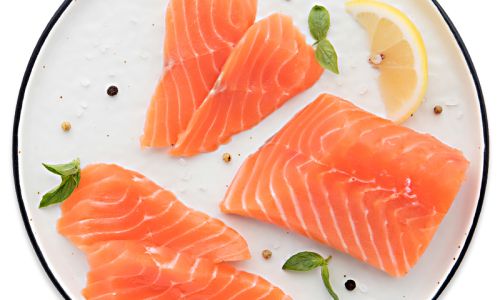
- Baking: Preheat the oven to 375°F (190°C). Place salmon fillets on a lightly greased baking sheet, skin side down if removed. Season lightly with lemon juice or a baby-safe herb blend. Bake for 10-15 minutes, or until the flesh is opaque and flakes easily with a fork.
- Steaming: Place salmon fillets in a steamer basket over boiling water. Cover and steam for about 6-8 minutes, or until cooked through. This method preserves the moisture and flavor of the fish.
- Poaching: Simmer salmon fillets in lightly salted water or a flavorful broth (like vegetable or chicken broth) for about 8-10 minutes, or until tender.
Cooking Tips
- Internal Temperature: Use a food thermometer to ensure the internal temperature of the salmon reaches 145°F (63°C) for safety.
- Flavor Enhancements: For added flavor, you can drizzle a little olive oil, sprinkle with a pinch of salt (if recommended by your pediatrician), or add a squeeze of lemon juice. Avoid adding sugar, honey, or other sweeteners, as they are not suitable for babies.
- Avoiding Overcooking: Salmon can become dry and flavorless if overcooked. Use a fork to check for doneness by gently flaking the flesh.
Section 5: Serving Salmon to Babies
Age-Appropriate Textures
- 6-8 Months: Start with finely pureed salmon. Cook the salmon until tender, then blend it with a little of the cooking liquid or breast milk/formula until smooth.
- 9-12 Months: As your baby’s chewing abilities improve, you can offer salmon in a thicker puree or mashed consistency. Cook the salmon and mash it with a fork or potato masher.
- 12+ Months: By this age, your baby may be able to handle small, bite-sized pieces of cooked salmon. Ensure the pieces are soft and easy to chew, and always supervise your baby during meals to prevent choking.
Combining with Other Foods
- Vegetables: Mix pureed salmon with steamed vegetables like carrots, sweet potatoes, or peas for a nutritious meal.
- Grains: Combine salmon with cooked and pureed grains like rice, oats, or quinoa to provide additional energy and fiber.
- Fruits: While not traditional, you can experiment with adding a small amount of pureed fruit like apple or banana to salmon for a sweet twist. Be mindful of potential allergies and introduce new foods one at a time.
Storage and Reheating
- Storing: Store cooked salmon in an airtight container in the refrigerator for up to 3 days. For longer storage, freeze it in portions in an airtight container or freezer bag for up to 3 months.
- Reheating: Reheat cooked salmon gently in the microwave or on the stovetop, stirring occasionally to prevent drying out. Ensure it reaches an internal temperature of 165°F (74°C) before serving.
Section 6: Addressing Common Concerns and Tips for Success
Allergies and Sensitivities
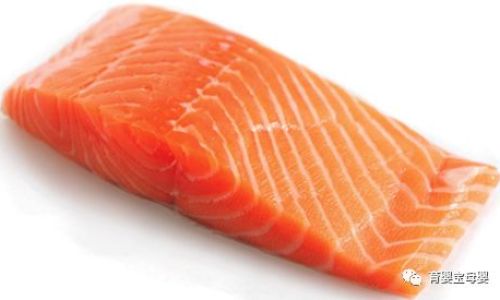
- Introduction: Delay introducing salmon until your baby has tried other solid foods and is showing no signs of allergies. Start with a small amount and watch for any adverse reactions.
- Signs of Allergy: Common signs include hives, rash, swelling, vomiting, diarrhea, or difficulty breathing. If you suspect an allergy, discontinue use and consult your pediatrician.
Portion Sizes
- Start with small portions, gradually increasing as your baby’s appetite and tolerance grow. A general guideline is 1-2 tablespoons of solid food per meal for babies starting solids, increasing to 3-4 ounces (about 1/4 cup) by the end of the first year.
Balancing Diet
- While salmon is a nutritious addition to your baby’s diet, it should not be the sole source of nutrition. Ensure a variety of foods, including vegetables, fruits, grains, and other protein sources, to provide a balanced diet.
Enjoying the Process
- Introducing new foods is a fun and exciting time for both you and your baby. Be patient, and enjoy watching your baby explore and discover new flavors and textures.
Conclusion
Preparing salmon for your baby can be a rewarding experience that provides essential nutrients and introduces them to new flavors. By following the guidelines outlined in this guide, you can ensure that your baby enjoys safe, nutritious, and delicious salmon meals. Remember to always prioritize safety, monitor your baby’s reactions, and enjoy the journey of introducing solid foods. Happy feeding!
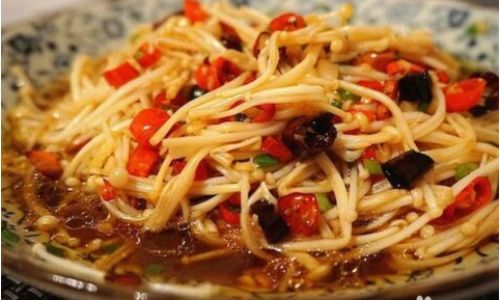
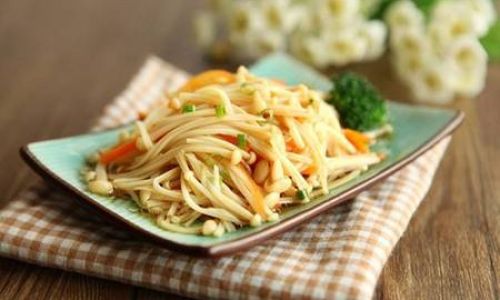
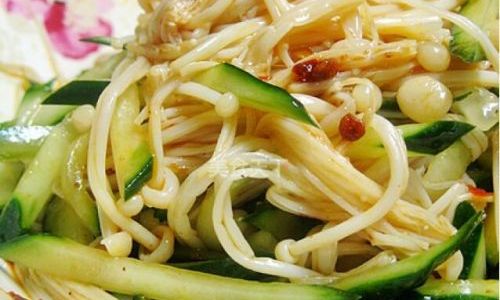

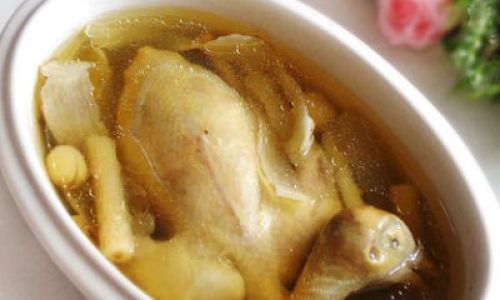
0 comments